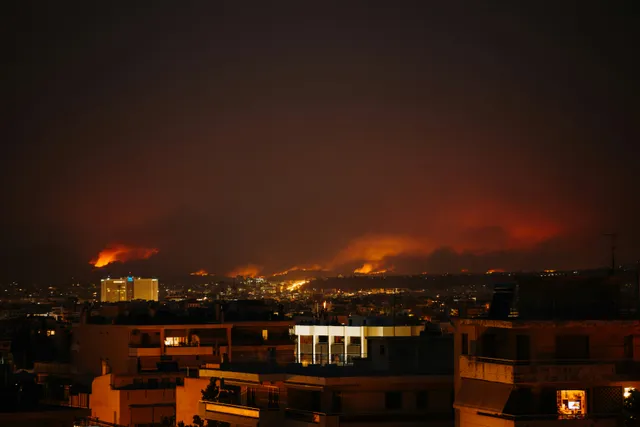A new report from the National Academies of Sciences, Advancing Risk Communication with Decision-Makers for Extreme Tropical Cyclones and Other Atypical Climate Events, underscores a critical challenge in disaster preparedness: risk communication. Despite advancements in forecasting, the way risk is conveyed to decision-makers and the public still has major gaps—gaps that can cost lives.
The Problem: Messages That Don’t Translate to Action
Forecasters and emergency officials face an ongoing dilemma: they have more accurate risk data than ever, but that information often doesn’t lead to the right actions. The report highlights key issues in risk communication:
-
Unclear Messaging – Jargon and technical terms, such as "storm surge" or "cone of uncertainty," can confuse the public and lead to inaction.
-
Information Overload – A flood of updates from multiple sources, including social media, can create noise that drowns out essential warnings.
-
Uncertainty Suppression – Many people struggle with probabilistic information, leading them to underestimate risks or fixate on a single, deterministic outcome.
-
Equity Gaps – Language barriers and accessibility issues mean that critical warnings often don’t reach the most vulnerable populations.
Key Lessons from Recent Disasters
The workshop behind this report examined past events, including Hurricanes Henri (2021) and Hilary (2023), to identify what worked and what didn’t in communicating risk. Several takeaways stand out:
-
Local Context Matters – Communities that rarely experience hurricanes need different messaging than those accustomed to frequent storms.
-
Strong Partnerships Save Lives – Decision-makers and emergency managers benefit from pre-established relationships with forecasters.
-
Real-Time Research Is Critical – Studying how people respond to warnings as disasters unfold can help improve future communications.
-
Personalization Increases Response Rates – Messages tailored to specific demographics and risk levels lead to better outcomes.
Solutions: Making Risk Communication More Effective
The report suggests several ways to improve disaster messaging and ensure that warnings lead to action:
-
Use Plain Language – Experts should simplify technical terms and focus on clear, direct messaging (e.g., "If you stay, your home will flood and emergency services may not reach you").
-
Enhance Visuals – Graphics like the "cone of uncertainty" should be reworked to better represent risk levels and avoid misinterpretation.
-
Leverage Trusted Messengers – Community leaders, local meteorologists, and even social media influencers can help translate emergency information for different audiences.
-
Expand Accessibility – Risk messages must be available in multiple languages and formats, including ASL for the hearing-impaired and alternative platforms for those without internet access.
Why This Matters for Businesses and Communities
For businesses, especially those with large employee populations in disaster-prone regions, understanding how to communicate risk effectively can make a significant difference in workforce safety. Employers can take steps such as:
-
Creating clear emergency communication protocols that align with local risk messaging.
-
Ensuring that all employees receive alerts in their preferred language.
-
Partnering with local officials to support community-wide preparedness efforts.
Moving Forward: A Call to Action
The increasing frequency and intensity of extreme weather events mean that outdated risk communication strategies are no longer enough. Governments, businesses, and communities must work together to ensure that when the next storm hits, the public doesn’t just hear the warning—they act on it.
How does your organization communicate risk to employees and stakeholders? Now is the time to evaluate and improve your strategy. Because in a disaster, a well-communicated warning isn’t just information—it’s a lifesaving tool.




